Growing Awareness and Advocacy
Growing awareness and advocacy for Glioblastoma Multiforme Market are crucial factors driving the Glioblastoma Multiforme Market. Increased public and professional awareness about the disease has led to greater demand for research funding and improved treatment options. Advocacy groups play a vital role in educating the public and policymakers about the challenges faced by GBM patients, thereby fostering a supportive environment for research initiatives. This heightened awareness is also influencing healthcare policies, encouraging governments and organizations to prioritize brain cancer research. As a result, the Glioblastoma Multiforme Market is experiencing a surge in initiatives aimed at enhancing treatment accessibility and patient support, ultimately contributing to market growth.
Emergence of Combination Therapies
The emergence of combination therapies represents a transformative trend within the Glioblastoma Multiforme Market. Combining different therapeutic modalities, such as chemotherapy, radiation, and immunotherapy, has shown promise in improving treatment efficacy and patient outcomes. Clinical trials are increasingly exploring these multi-faceted approaches, with some studies indicating that combination therapies can lead to enhanced survival rates compared to monotherapy. This trend is particularly relevant given the complex biology of GBM, which often requires a multifaceted treatment strategy. As more evidence supports the effectiveness of combination therapies, the Glioblastoma Multiforme Market is likely to expand, driven by the need for innovative solutions to combat this challenging disease.
Investment in Research and Development
Investment in research and development (R&D) is a pivotal driver for the Glioblastoma Multiforme Market. Pharmaceutical companies and research institutions are increasingly allocating resources to explore novel therapeutic approaches, including gene therapy and combination treatments. The global market for brain cancer therapeutics is projected to reach USD 3.5 billion by 2026, reflecting a compound annual growth rate of 7.5%. This financial commitment underscores the urgency to discover effective treatments for GBM, which has historically posed significant challenges due to its aggressive nature and resistance to conventional therapies. As R&D efforts intensify, the Glioblastoma Multiforme Market is likely to witness the introduction of groundbreaking therapies that could transform patient care and improve survival rates.
Advancements in Diagnostic Technologies
Technological advancements in diagnostic tools are significantly influencing the Glioblastoma Multiforme Market. Enhanced imaging techniques, such as MRI and PET scans, have improved the accuracy of GBM diagnosis, allowing for earlier detection and intervention. The integration of artificial intelligence in imaging analysis is also emerging, potentially streamlining the diagnostic process. Furthermore, the development of liquid biopsy techniques offers a non-invasive alternative for monitoring tumor progression and treatment response. These innovations not only facilitate timely diagnosis but also contribute to personalized treatment strategies, which are increasingly favored in the Glioblastoma Multiforme Market. As diagnostic capabilities continue to evolve, they are likely to enhance patient outcomes and drive market growth by fostering a more proactive approach to GBM management.
Increasing Incidence of Glioblastoma Multiforme
The rising incidence of Glioblastoma Multiforme Market (GBM) is a critical driver for the Glioblastoma Multiforme Market. Recent statistics indicate that GBM accounts for approximately 15% of all brain tumors, with an estimated annual incidence rate of 3.19 per 100,000 individuals. This increasing prevalence necessitates the development of innovative treatment options, thereby propelling market growth. As the population ages, the likelihood of developing GBM escalates, further amplifying the demand for effective therapies. The urgency to address this aggressive form of cancer has led to heightened research funding and investment in novel treatment modalities, including targeted therapies and immunotherapies. Consequently, the Glioblastoma Multiforme Market is poised for expansion as stakeholders seek to meet the growing needs of patients and healthcare providers.
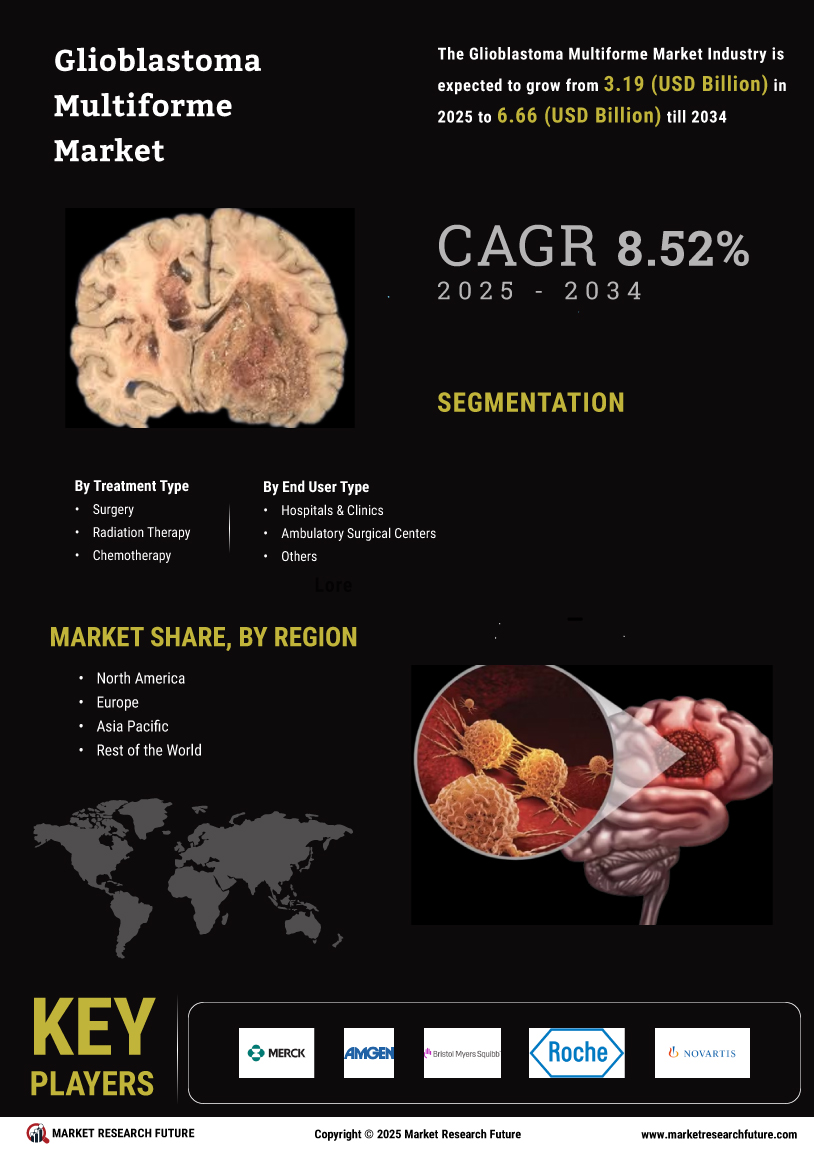

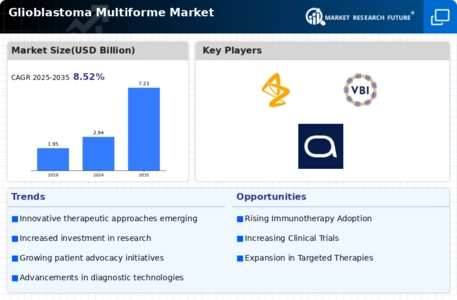
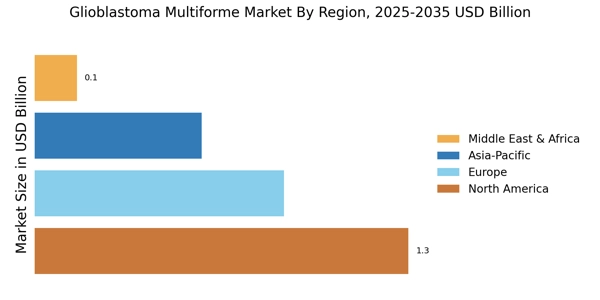
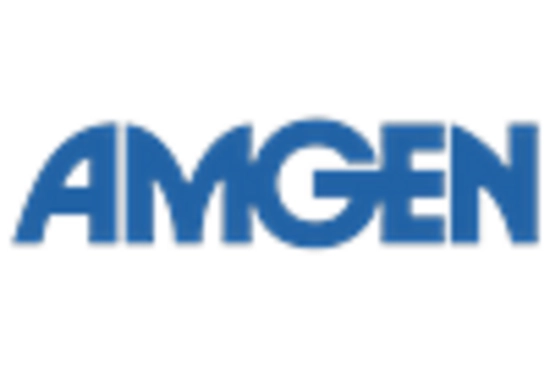
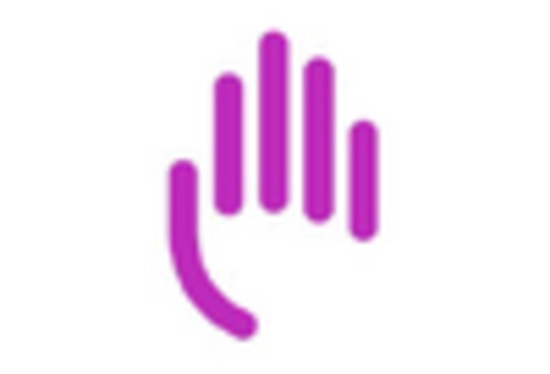
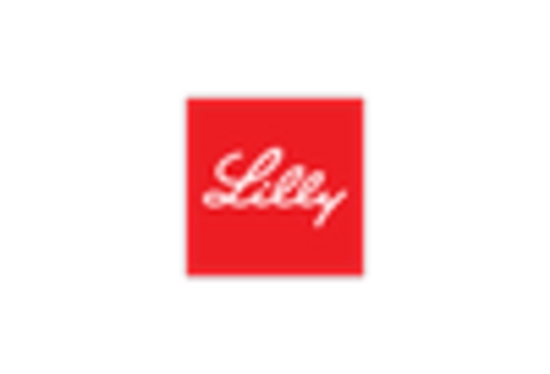
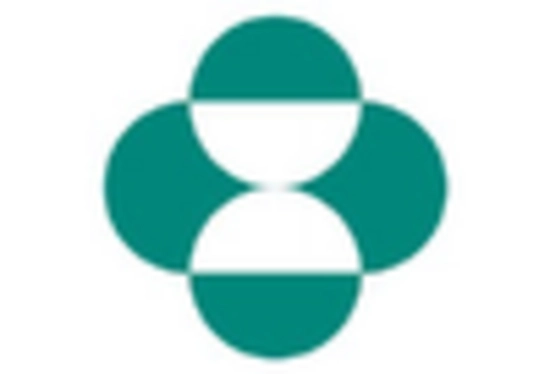

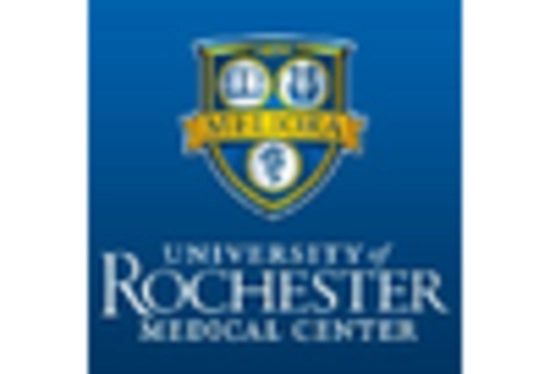








Leave a Comment